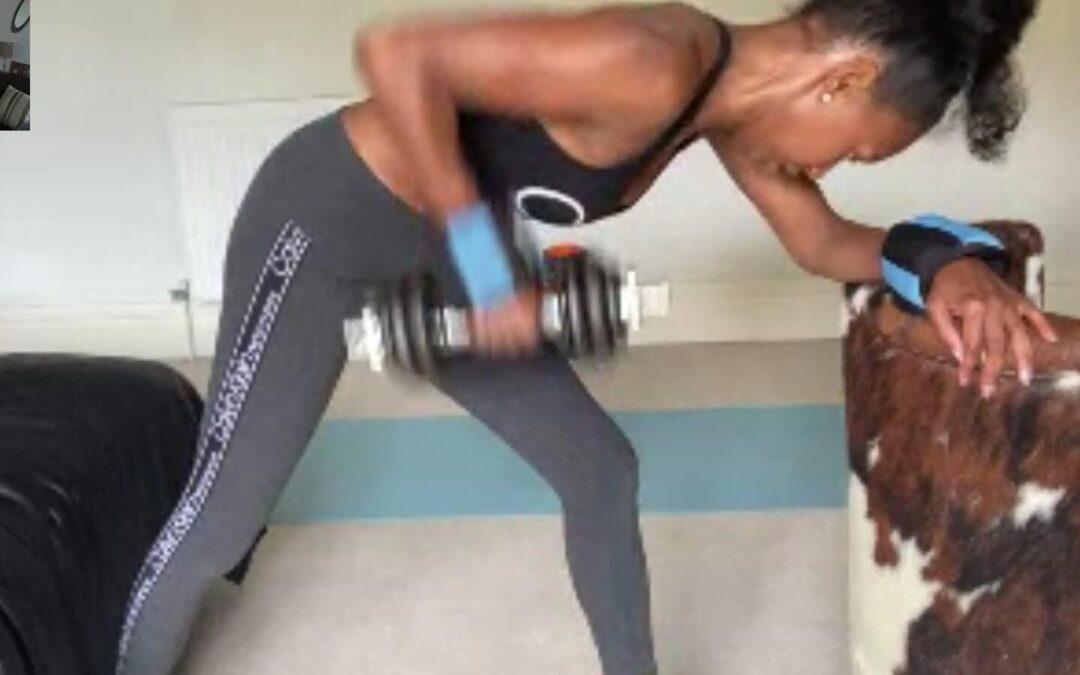So, gyms are allowed to re-open, and you want to re-start exercise and rebuild your fitness, but you don’t yet feel comfortable going back to the gym. So here’s 7 tips and a few recommendations that should help you return to exercise without needing the gym.
If you want to return to the gym right now, see my article How to get back to the gym after a long break.
Here are my 7 top tips for a smooth return to exercise:
- It’s ok to not want to enter a gym just yet – just because the gym is now permitted doesn’t mean that everyone will feel comfortable doing so just yet; you are entitled to be on your own trajectory, as are other people.
- Have a plan for the when and the what – schedule in some time and commit to doing exercise during that time, whether it is at home or outside. Get your exercise stuff set up beforehand so you have no excuses to sit on the sofa instead. Know what it is that you’re going to do, and do it! Consider having a checksheet where you can tick off once the session is done – it will make you more likely to do it and proud of yourself afterwards. If you have a prior history of being unable to self-motivate or unable to stick to a plan, then get an accountability buddy / training partner or coach (hi 😊) to keep you focussed and on track. If you don’t know what to actually do, then get a coach (again, hi 😊) – you can have 121 PT via Facetime, or be provided with other forms of online coaching giving you a pan, accountability and feedback.
- Have realistic expectations about your abilities – trying to do daily HIIT workouts and a load of other new things may well be too much too soon if you’re coming from a position of zero current exercise. Be realistic about your current situation and while you want to be pushing yourself, treat the first few sessions as testers of where you are at, use post-exercise stretching, and expect to have DOMS (Delayed Onset Muscle Soreness) afterwards.
- If you have any niggles, address them before they turn to injuries. Niggles are warning signs that something needs fixing. If you ignore them they will get worse, and that may result in you getting really hurt and/or not being able to train. Returning to exercise will antagonise niggles and potentially provoke injuries, so do your mobility work, prehab, rehab, consult a professional etc before your niggles get worse.
- Play the long game – as per points 3 and 4 above, it’s better to get back into it slowly and develop strength and consistency than to go too hard and then give up again. However, you also need to push out of your comfort zone a bit otherwise you won’t make progress.
- Pick something you enjoy, or at least don’t hate – it’s far harder to keep something up if you aren’t enjoying yourself, and this is even more true if you’re doing it alone.
- Dial in your nutrition – food should provide quality nutrition, giving fuel for training, recovery, and muscle growth. If you are trying to lose fat, you need to ensure you are getting the right balance between fuelling workouts and recovery while not eating back the calories burned through exercise. If you’re not sure what to eat, when, or how much, then consult someone who does (hi 😊).
And here are my recommendations on how to approach your initial return to exercise:
- Go for full-body workouts 2-3 times a week rather than doing a bodypart split. Plus some selected cardio that suits you.
- If training at home, make sure you’ve cleared your workout area so nothing can fall over/be tripped over.
- Even if you think you have no weights in the house, there’s a lot that can be achieved with minimal equipment (as my remote PT clients know) – don’t use lack of equipment as an excuse not to exercise.
- Use the first few sessions as assessment of your current capability and recovery potential, and increase from there. The drawback of trying to follow YouTube workouts rather than working with a trainer is that there’s no-one to adapt exercises for you or give you feedback about how to modify things.
- Keep a training diary so you can schedule workouts, keep track of progress, and celebrate it!
- If you only have a limited time to exercise, then potentially use supersets to increase intensity and minimise rest time, or do ‘micro-workouts’ spread across the day.
- If you find yourself trying to go it alone but giving up, then hire a coach rather than giving up! You’re not in a gym but you can still get a Remote PT or online coach (hi 😊).
Now for more help, check out my other articles in this series, How to lose the right kind of weight – losing fat while preserving muscle & protecting your metabolism and How to increase your fitness and sort your diet out without wiping yourself out
If you’d like my list of recommended equipment for effective home training, please complete the form below:

